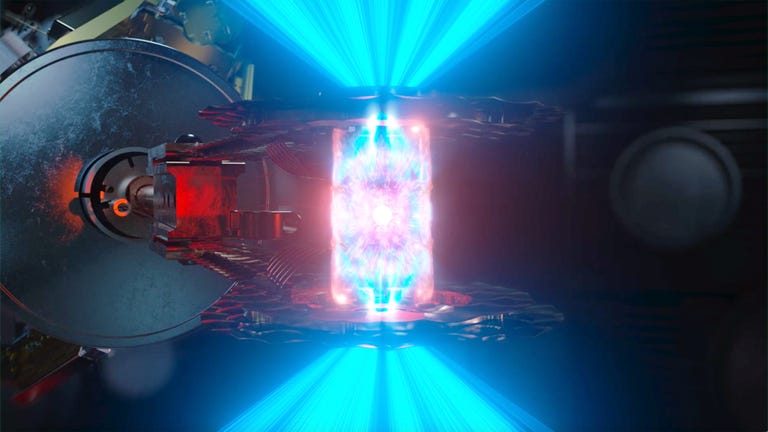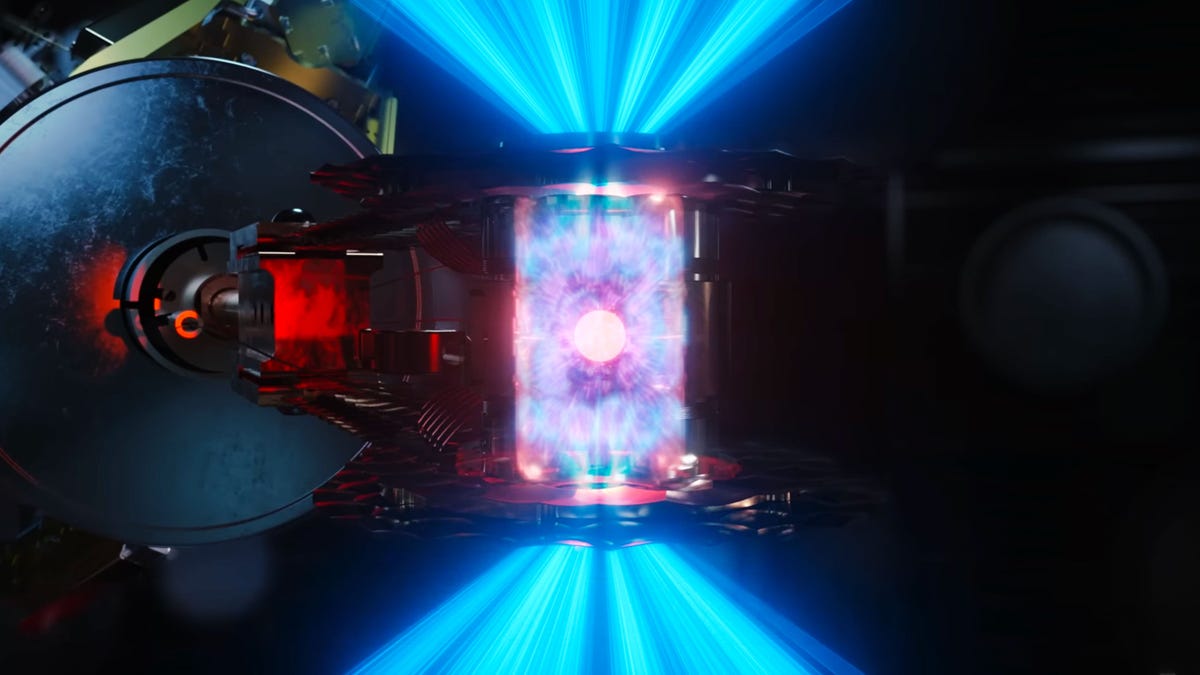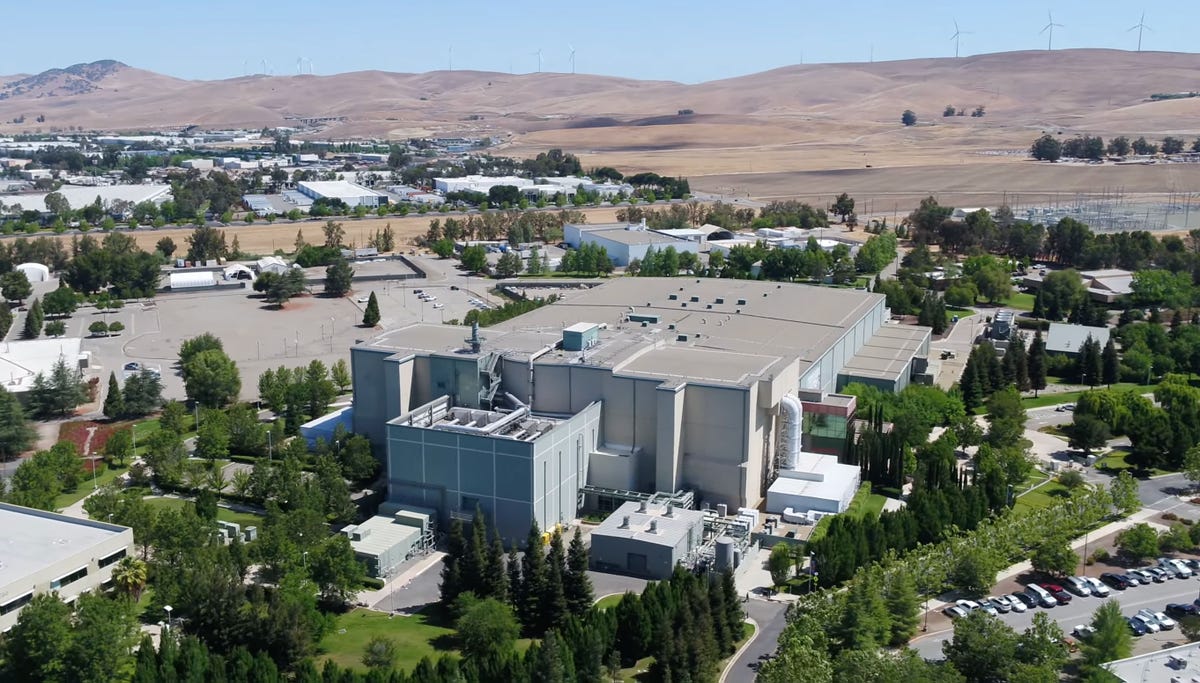Scientists at Lawrence Livermore National Laboratory passed a major fusion milestone in December, using 192 lasers to ignite a fusion reaction that produced more energy than was used to trigger it. The surge lasted only for a fleeting moment, but its implications are lasting a lot longer.
The achievement is a high-water mark for fusion, a field that produced thermonuclear weapons more than 70 years ago but still no reactor that can generate electrical power. The scientific and engineering challenges of controlled fusion are formidable.
But what does the experiment at LLNL’s National Ignition Facility, aka NIF, mean for science and for the dream of a new energy source that’ll power our homes and cars without releasing any carbon dioxide?
In short, it’s a big deal and fine to applaud, but it doesn’t mean a green energy revolution is imminent. It’ll still be years before fusion power progress bears fruit — likely a decade or so — and it’s still not clear if fusion will ever be cheap enough to radically transform our power grid. Continuing today’s investments in solar and wind is critical to combating climate change.





